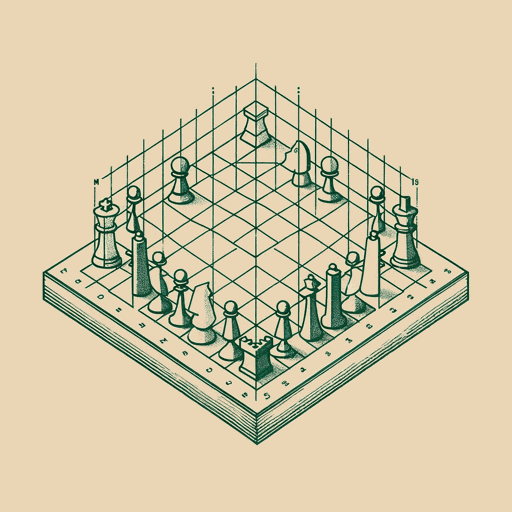63 pages • 2 hours read
Avinash K. DixitThinking Strategically: The Competitive Edge in Business, Politics, and Everyday Life
Nonfiction | Book | Adult | Published in 1991A modern alternative to SparkNotes and CliffsNotes, SuperSummary offers high-quality Study Guides with detailed chapter summaries and analysis of major themes, characters, and more.
Preface-Part 1Chapter Summaries & Analyses
Preface Summary
People can sometimes find themselves in situations where an opponent is trying to defeat them and where winning is vital. Businesses must compete in the marketplace; politicians must win elections; football coaches must win games; parents sometimes need to outwit their own children; nations with nuclear weapons have to strategize carefully.
Thinking Strategically presents a solution called game theory, “The science of strategic thinking” (ix). Barely 50 years old in 1991, game theory began as the province of scientists and mathematicians. The book presents game theory for everyone, with case studies and examples from a wide variety of fields, including sports, movies, and books, without all the jargon and math.
Introduction Summary: “What Is Strategic Behavior?”
People constantly make decisions—“how to manage a business, whom to marry, how to bring up children” (1)—and these decisions interact with decisions made by others. If those people resist your decisions or compete to overcome you, you must anticipate the competition and either defeat it alone or find allies to help you. Working these things out is called strategy.
Game theory looks at a given situation, evaluates the strengths and weaknesses of the opposing sides, and applies basic principles to develop a plan that can win the contest.

